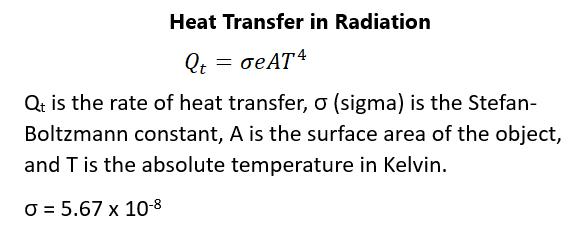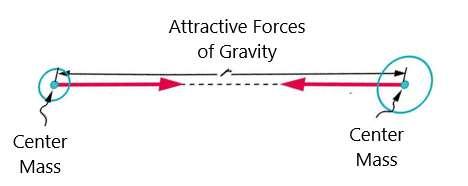current. If this is a perpendicular field, the angle will be 90 degrees and the sine of 90 degrees is 1 so it doesn’t factor in. What this means is that the magnetic force on current-carrying wires can be used to convert electric energy to do work. This is the basis of the work done by motors, which will be discussed in a few minutes. Magnetism can be used to drive pumps that move fluid without any moving mechanical parts. This is called MHD or magnetohydrodynamics. This has practical applications when it is important to drive fluids without the impact of mechanical parts, such as in nuclear reactors.
MOTORS Motors are a common application of magnetic force. Motors have loops of wire within a magnetic field. When current is passed through the loops, the magnetic field causes torque to be applied by the loops, which rotates a shaft and transfers electrical energy into mechanical work. Figure 130 shows what this looks like in an actual motor:
Figure 130.
Torque will be defined as the distance from the pivot point times the force applied times the sine of theta, where theta is the angle between the force applied and the line to the pivot point. Figure 131 will show the torque applied when a coil is placed around a shaft:
280




































































